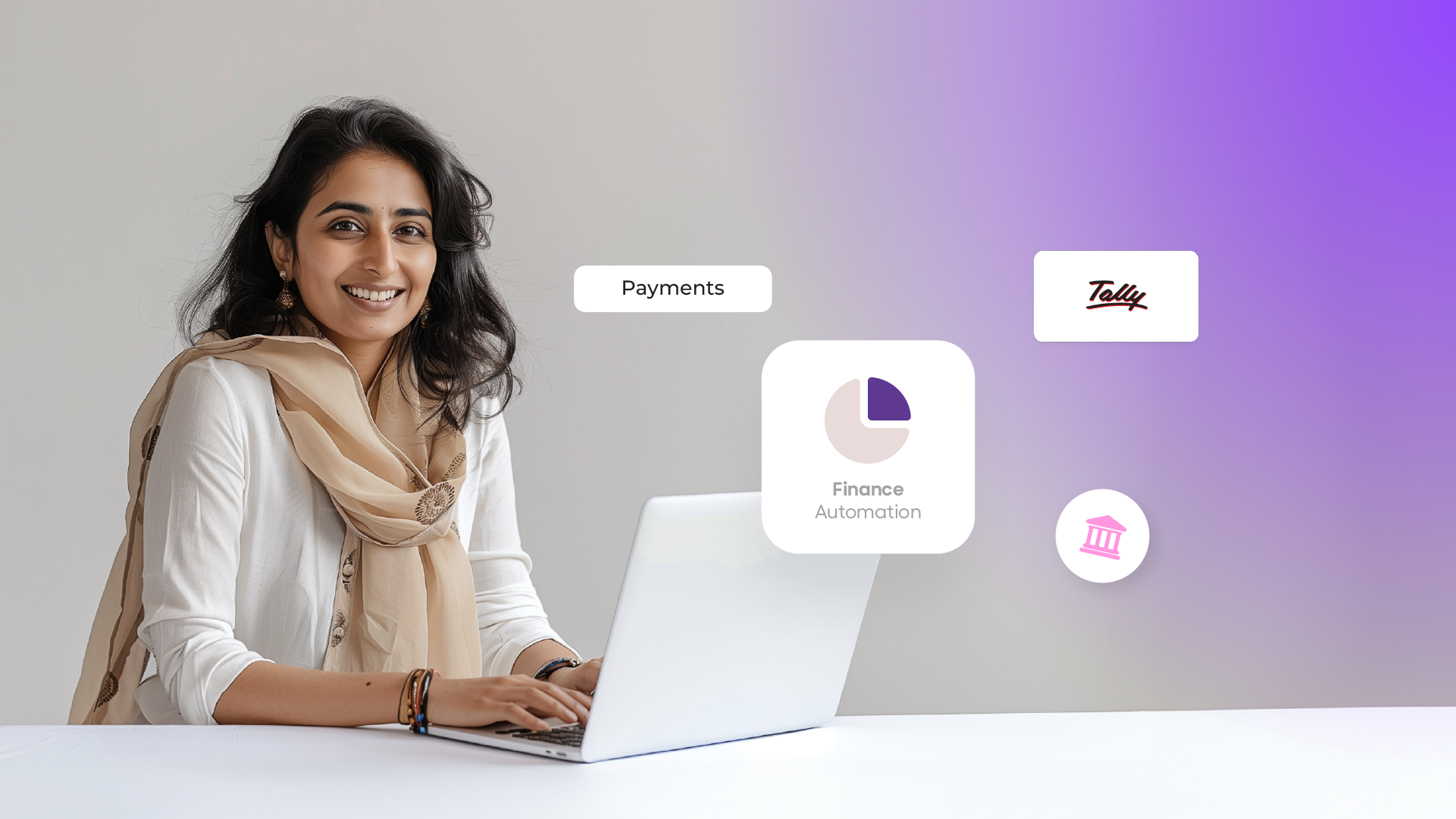“If you want to start a financial company, instead of spending two years and millions of dollars in forming tons of partnerships, you can get all of that as a service and get going.”
~ Andressen Horowitz
As the co-founder of Asia’s fastest-growing neobanking platform, my peers and I often dwell on how fintech has changed lives over the past five years. But that’s a topic for another time.
What I really want to talk about here is neither about technology nor finance nor fintech. I want to talk about cars, cab rides, and car insurance, AND Tesla (because why not?).
Let me explain.
The one where I took a cab
This morning, I booked an Ola cab to my office via the app. It showed up at my doorstep in 2 minutes. And 15 minutes later, it dropped me off right in front of my office.
After the ride ended, I got a notification alerting me that money has been deducted from my Ola Money account. It was pretty much like one of the millions of rides that take place in India via Ola on a daily basis.
If you think about it, there’s an interesting side to this very ordinary cab ride. Aside from the 2 quick taps – one to select my destination and the other to agree to abide by the Coronavirus safety measures – and sharing the OTP, I essentially did nothing but sit in the cab till I reached my destination.
But isn’t that what exactly a cab ride is supposed to be? Absolutely! However, neither the driver nor I even discussed the payment involved, the sole reason why the driver would even agree to the ride in the first place.
Think about it – not just the cab ride but any activity that we do in our lives – be it a freelancer willing to build a mobile app for a client or a delivery boy bringing home essentials – activities happen because both parties have mutually agreed on a predetermined price and once the activity is completed money has to be paid.
And as we look forward to starting 2021 on a more positive & hopeful note, I cannot help but wonder how technology will dominate the narrative completely.
So much so, that we don’t even need to physically participate in monetary transactions anymore.
Traditionally speaking, payments are separate from transactions. Even 6-years-ago at the end of each cab ride, we had to pay with cash or wait for the OTP to make the transaction via credit cards.
Today, Ola Money takes care of everything.
This seamless blending of two separate financial processes has made us, the end-users, the winners. Today, a cab-booking app like Ola has all the information that it’d need to collect payment from users in a smooth manner.
This is an example of one of the most transformative trends that are shaping up to our world right now, which has come to be known as – Embedded Fintech.
The one where fintech took a leap
Even a decade ago, financial services used to be an industry on its own, separated from other industries like transportation, healthcare, education, commerce, etc. Things have changed since then. Today, financial services are enablers that are transforming industries far and wide and helping them integrate financial products and services into their core offerings.
Well, that’s enough for fintech. Let’s dive straight into Tesla.
On December 1st 2020, electric vehicle giant Tesla ruled the headlines when it announced that it would enter the S&P 500 at its full weight. No doubt an incredible moment for the company.
But, what bowled me over, was something that happened before that. In June 2020 to be precise, when Tesla spoke about its car insurance product in its Q2 2020 earnings call.
The one where Tesla took on the insurance industry
How many of you know that Tesla sells its own car insurance through its car sales program?
Tesla insurance was launched in 2019 as a response to owner complaints of insurance premiums of electric vehicles being too high. It’s only available in California, US right now but will be available soon across the US and soon quite possibly for the rest of the world.
On Tesla’s Q2 2020 earnings call, Elon Musk put the insurance industry on notice.
“We’re building a great, major insurance company. If you’re interested in building a revolutionary insurance company, please join Tesla. Especially if you want to change things. This is the place to be. We want revolutionary actuaries.”
Tesla can take on the insurance industry because it is Tesla. What is interesting, however, is that the insurance industry is a much, much bigger industry than the electric vehicle industry. Definitely a no-brainer on why it seems like a lucrative business opportunity for Tesla.
The more important question here though is how will an electric vehicle company venture into the insurance industry without any prior experience?
The simple answer is – via technology. And the technology that will help them do it is embedded fintech.
Embedded financial products and services is a big business. According to venture capital firm Andreessen Horowitz, a namesake of the guy whose quote I have liberally borrowed in the beginning, it will increase the profitability of a customer by over 5x of the original revenue stream.
So Tesla’s recent move into the insurance industry makes sense now. And they are not the only ones.
The one where Google started selling parking
Drivers in Austin, Texas can now locate, save AND pay for parking via Google Maps directly with Google Pay. This feature was rolled out keeping in mind the necessary reduction in the no. of human interactions for those out on the road during this grave pandemic.
The secret behind a successful embedded fintech product is to keep it incredibly simple.
Traditionally, financial products have always been the efficacy of complexity. For example, the websites of insurance companies are riddled with jargons and complicated policies. It tends to alienate the customer. Ironically, financial services is also probably the only industry that is based on trust & trust alone.
This is why embedded fintech might see a greater uplift among global popular brands. Apple, for instance, had launched its own credit card and by the end of September 2020, had seen roughly 3.1 MN signups. Closer to home, Zomato has recently launched Edition, a credit card in partnership with RBL. Ola Money has also launched its own card in partnership with IDFC First.
The one where fintech became embedded
Needless to say, we’re in the midst of a revolution. And it is only at its nascent stage. JP Morgan estimates global fintech penetration is still low, only at 10% as of today. However, it is not a question of whether or not embedded fintech will take over the world, the question is when (and how).
To offer customers a seamless experience, fintech enablers have been providing companies with APIs with which they can build their financial products.
Yes, I am talking API Banking and BAAS. Coincidentally, so has been Anish – you may want to read his thoughts on BAAS and how it is driving fintech to the future.
But this is where it gets tricky. You see, when it comes to technology, we’re inside a melting pot of innovation. This is what drove us from using a physical wallet to completely relying on e-wallets.
In fact, technology or specifically financial technology is helping businesses enter new revenue streams the world over. API Banking is already making it simpler for non-fintech companies to build and distribute their own financial services.
However with API banking, one still needs an ample amount of coding knowledge. To take the APIs available on a 3rd party provider website, build a financial product out of it, test it out while it is still in the Sandbox environment, and then make it live for the users – all of this is not possible till you have a rock-solid development team supporting you and your business model.
This is still not feasible for most companies. Unless or at least you’re a series B+ company with a high revenue generation, you will not be eligible for most professional services and custom contracts. Not to mention, the cost involved is usually USD 50K or more.
I am not even going into the complications involved with regulation and due diligence.
What then, are small business owners like you or me for that matter, going to do then?
We are going to build our own bank!
Sounds incredulous? But let me assure you that it is not!
The one where the future is full of possibilities
You see, the future of fintech is even simpler and revolutionary than what it is now. The idea of embedded fintech is that it should be accessible and usable for every single user and not just the ones who are technology-oriented or have the money to use the expensive services.
Companies like Hydrogen are already building products that allow their users to build in turn their own financial products with just a few clicks. Much like how they build their own websites with Shopify or Wix. Soon enough people like you and me can also build our own banks – if we can abide by the regulations – that is.
The one where we build a bank
Irrespective of your background as a founder or business owner – whether you have prior coding experience or not – as soon as you’ve got an idea of the kind of financial product you want to build, be it a neobank or offer your customers their own savings account for your ride-sharing app, you can build it on your own – without actually coding it.
The technology that makes it possible is popularly known as the low-code/ no-code approach. With their drag and drop features, it requires users to have nominal or zero knowledge of coding or development.
Let me explain a little bit more. If you want to build your own neobank, you’ll only need to have an understanding of what services you’re going to offer your customers and what modules will need to be there.
For example, if you wish to offer your customers savings accounts, all you need to do is create a module called Savings Account from the low-code/ no-code platform and simply drag and drop the account opening feature onto it.
This is exactly how you’d build new sections onto your website. Now imagine how much time, money, and effort you’ll save.
The implications of such a technology especially from a regulatory point of view can be concerning though. But as a person who lives and breathes technology, I can honestly say that the possibility of all this – excites me.
We just completed surviving through a truly grim year. Yet technologically speaking, it was truly a year of innovation.
Oh, and by the way, we at Open have also been working on a few projects that are quite challenging and interesting. We’re on the lookout for some exceptional engineers to join our team of mavericks. If you want to join in on the fun, do that.
Coming back, businesses – big and small – have been going digital. In a lot of ways, Covid-19 escalated what was bound to be an eventuality for all businesses.
The question now is – from being digital are they all now going to transform into fintech companies as well?
We need to wait and watch.
Related Articles –
What is Neobank? Everything you need to know in detail!
The evolving fintech paradigm – BAAS will lead the way
Decoding neobanking: Why neobanks are winning over businesses
All you need to know about Open – banking that gets your business
Why you need a business account, now more than ever
How Open brings banking & finance together for your business





